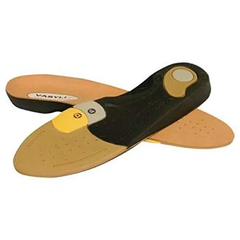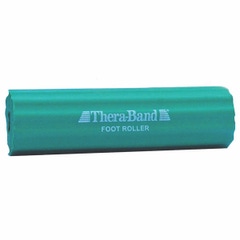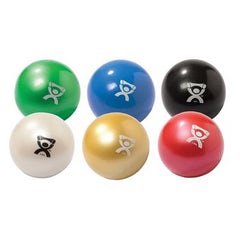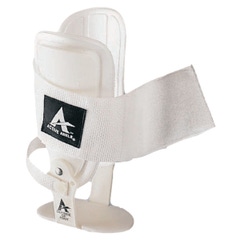Key Takeaways
- The foot is made up of many parts, including 26 bones and 30 joints
- Foot pain can be caused by many different things, but the most common injury is caused by plantar fasciitis
- The easiest way to prevent foot pain is to wear proper shoes
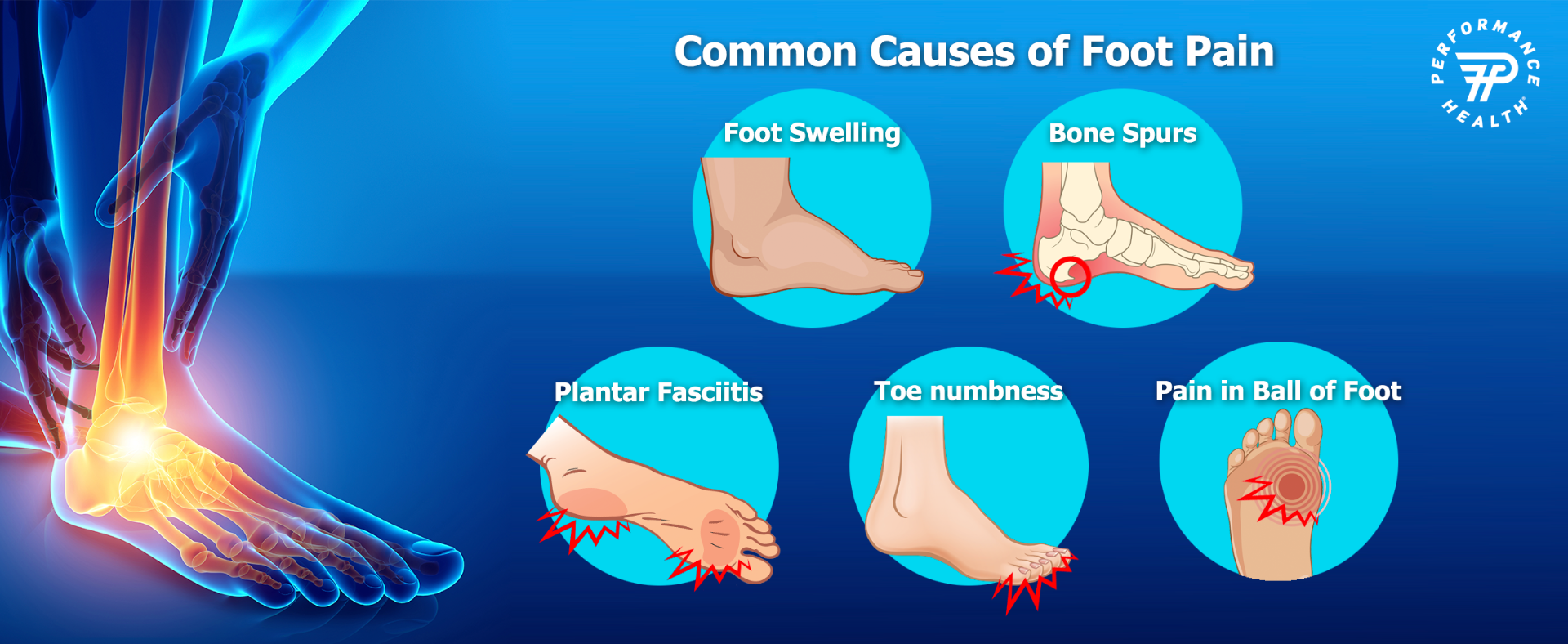
Top Products in this Article
Whether you’re standing for a long period of time, walking around, or doing laborious work or exercise, humans rely on their feet. We may not think about it, but these activities cause our feet a lot of stress, even if we aren’t moving. Because of this, all kinds of injuries can occur. Consider this article your starting block for learning more about your feet, common injuries, and ways to prevent foot pain.
Parts of the Foot
Common Foot Injuries
Three Ways to Prevent Foot Pain
Fast Temporary Foot Pain Relief
Recap
Additional Information
Parts of the Foot
Let’s learn more about your feet. While the foot is made of 26 bones, 30 joints, and over 100 muscles, tendons, and ligaments, it is often broken up into three parts. These are known as the forefoot, midfoot, and hindfoot.1
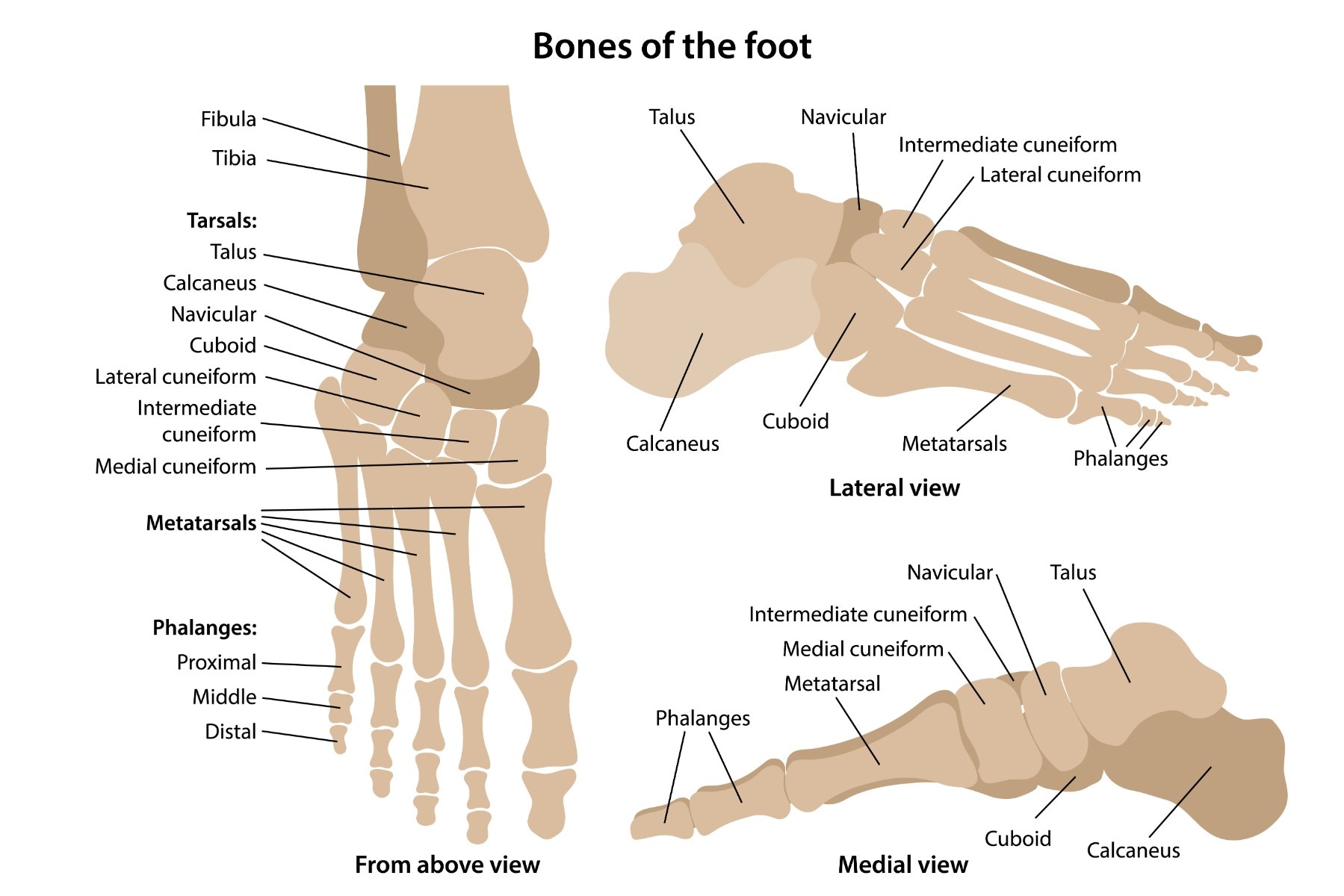
The forefoot includes your toes (phalanges), the metatarsals (which extend from the base of your toe to the midfoot), and the sesamoid bones, located on the underside (plantar) part of the foot. The midfoot includes five bones, called tarsals, that make the arch of your foot and help with stability. The hindfoot includes two large bones, the calcaneus (heel bone) and talus. Aside from the three parts, it is important to remember there are muscles, ligaments, tendons, and joints throughout your foot. These allow everything to connect and work as one cohesive unit.2 Different injuries caused by tissue inflammation, nerve damage, and other foot issues can create pain in different areas.
Common Foot Injuries
- Plantar Fasciitis
Known for causing heel pain, plantar fasciitis usually is noticed when standing up after sitting down. More common in women, this condition is caused by overusing the plantar (surface) of the foot. This overuse often causes inflammation in the tissue that connects the heel bone to the bottom of your toes. It is also more common for people who have jobs that cause them to walk or stand on hard surfaces, or in people with flat feet or high arches.3
- Bone Spurs
Bone spurs are most common on the heel. Usually, they are caused by plantar fascia overstretching. In other cases, heel spurs on the underside of the heel bone can also be caused by being overweight or wearing poor-fitting shoes. Due to stress, the body builds extra bone, which causes the heel spur to grow and result in foot pain. In severe cases, it can lead to surgery, but usually, they can be avoided or resolved by resting, using cold packs, wearing proper footwear, or using anti-inflammatory medication, like ibuprofen.3
- Foot Swelling
While this can be caused by a variety of events, foot swelling often means there is a blood flow issue. This is what causes your foot to swell if you sprain your foot or ankle. If you believe you may have sprained your foot or ankle, it is best to start with resting, ice, compression, and elevation (RICE).4 If you do not notice a difference after a couple of days, it is best to reach out to a doctor.
Diabetes can also cause swelling, as it causes damage to your blood vessels or nerves. Foot swelling is also common in pregnancy or can temporarily happen in the heat.5
- Pain in the Ball of the Foot
Pain on the bottom of the foot behind your toes might be due to nerve or joint damage. Sometimes a growth that is benign (noncancerous) can cause this pain. It is most known as Morton’s neuroma and might feel like you have a pebble in your shoe that you can’t get out. This can usually be solved by wearing shoe inserts, but sometimes it causes a need for surgery if the pain doesn’t go away.3
- Toe Numbness
Often known as a “pins and needles” sensation, this is commonly caused by something called peripheral neuropathy, which is caused when nerve communication isn’t happening properly. The sensation of “pins and needles” can also be caused by Morton’s neuroma (see above on pain in the ball of the foot), frostbite, diabetes, or an injury. Toe numbness is common for those who go backpacking or wear shoes that are too tight. The numbness can often go away by exercising more or wearing the proper shoe. If it does not go away on its own, you should seek a doctor’s input, as it may be signaling a larger health issue, such as a vitamin deficiency or a disease.6
Three Ways to Prevent Foot Pain
- Wear Proper Shoes
While there are many ways to prevent foot pain, the easiest way is to wear proper shoes. This not only means the correct size, but also the correct style. While we like to be on top of the latest fashion trends, there are other factors at play. After all, what good is having the latest shoe style if you can’t even walk around a mile in them without getting blisters? While getting sized by a shoe store is a great option, you can also help improve a shoe by adding additional orthotic inserts to help alleviate foot and ankle pain.7
- Listen to Your Body
When you begin a new activity, like working out for example, you might notice new aches or pains. While you might think it is a part of the process of getting started, this might not be the case. If you want to work out, but have had a previous injury or a history of foot pain, trying lower impact workouts or modifications when getting back into a workout routine may be a great solution. Take note of any aches or pains. If you constantly are noticing pain that hasn’t gone away after a couple days, it may be worth trying a different pair of shoes, taking it easy to recover, or talking to your doctor.7
- Stretch Regularly
If you work out, you know that stretching your legs or arms after an intense weight day pays off in the long run. However, the same is true for your feet and ankles. If you run often, there are many basic stretches that can help increase the flexibility of your foot or help loosen it up before you get started with a physical activity.7
Fast Temporary Foot Pain Relief
Kinesiology Tape can be used in a variety of ways. Whether you have an ankle sprain, need foot support, or are suffering from plantar fasciitis, you can use this water resistant tape to help relieve pain.
To use this item, place the Foot Roller on the ground and your bare foot on top. Apply pressure with your foot to the Foot Roller and slowly roll under your foot from the balls of the foot to the heel. Repeat for five minutes. Perform this three times a day: before you get out of bed in the morning; at noon, and before you go to bed at night.
Experience immediate relief by using this pain-relieving roll-on or gel. It is even sized to be easily taken on the go for relief whenever you might need it.
With every step the shock-absorbing gel layer of these insoles softens the impact to alleviate pain. Use these anti-fatigue shoe inserts for all-day comfort in any shoe.
Recap
While foot injuries can happen anywhere at any time, listen to your body. If you notice pain or swelling that doesn’t go away after 48 hours with at-home treatment, see your local doctor. The best way to avoid injury is to wear proper footwear and practice stretching often.
Additional Information
- What’s Causing My Heel Pain & Quick Pain Relief
- Kinesiology Taping for Plantar Fasciitis
- 10 Tools for Plantar Fasciitis Pain Relief
- Six Ways to Relieve Pain from Wearing High Heels
References
- Anonymous. (2022). Anatomy of the Foot. Arthritis Foundation. Retrieved 15 April 2022 from https://bit.ly/3vsRj6i
- Quinn, Elizabeth. (2022). The Anatomy of the Foot and Common Foot Problems. VerywellHealth. Retrieved 15 April 2022 from https://bit.ly/3JLW1B4
- Anonymous. (2022). Foot Pain and Problems. John Hopkins Medicine. Retrieved 15 April 2022 from https://bit.ly/3JNQD0m
- Anonymous. (2022). RICE Protocol. American College of Foot and Ankle Surgeons. Retrieved 15 April 2022 from https://bit.ly/3M6jyOG
- Anonymous. (2022). The causes and treatment of pain in different parts of the foot. Medical News Today. Retrieved 15 April 2022 from https://bit.ly/3xsDuas
- Burke, Meg. (2022). 7 Causes of Toe Numbness and Tingling. GoodRx. Retrieved 15 April 2022 from https://bit.ly/3uLht4T
- Cooper, Paul Stuart. (2019). 4 Ways to Prevent Foot and Ankle Pain. Medstar Health. Retrieved 15 April 2022 from https://bit.ly/3M9BbwW
Medical Disclaimer: The information provided on this site, including text, graphics, images, and other material are for informational purposes only and are not intended to substitute for professional medical advice, diagnosis, or treatment. Always seek the advice of your physician or other healthcare professional with any questions or concerns you may have regarding your condition.








 France
France Australia
Australia
